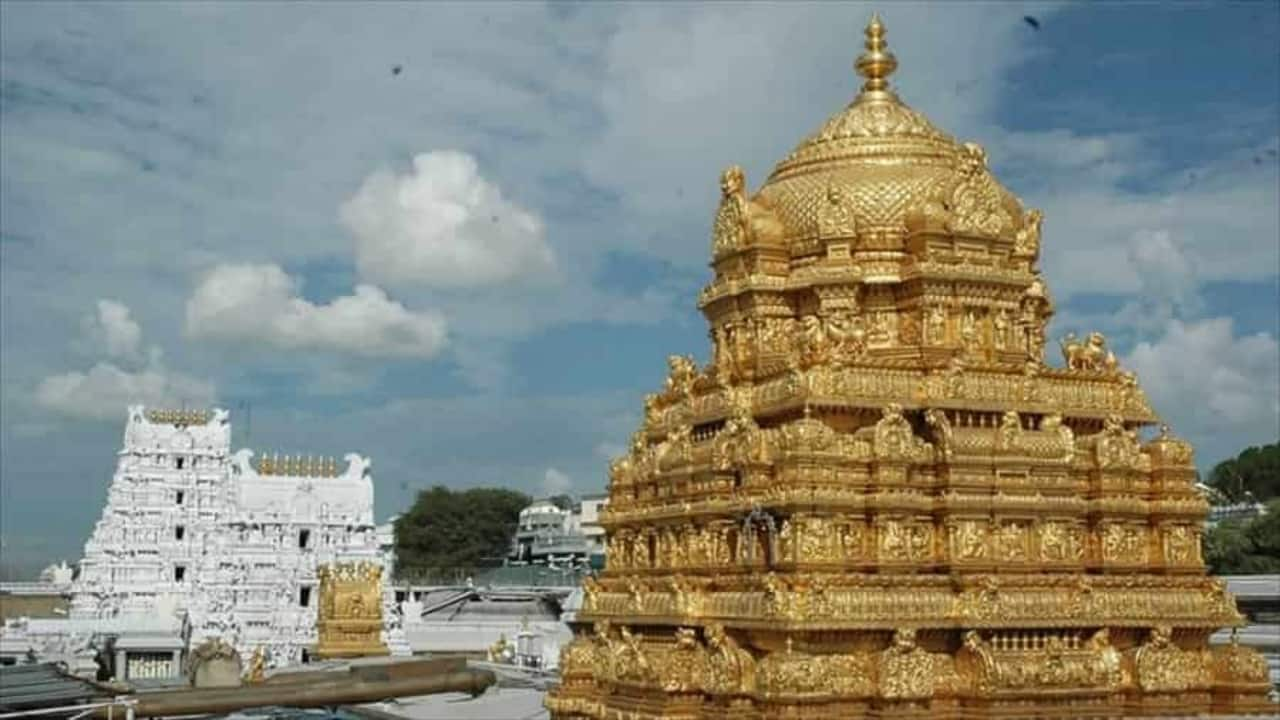 |
|
The debate surrounding government control over Hindu temples in India has intensified in recent weeks, ignited by controversies surrounding the management and practices of these places of worship. While Muslims and Christians independently manage their own places of worship through community-run boards and trusts, Hindu, Sikh, Jain, and Buddhist temples see substantial government involvement in their affairs. This involvement stems from a long history of government intervention dating back to the British colonial era.
The British, recognizing the potential wealth and cultural significance of Hindu temples, enacted a series of laws between 1810 and 1817 in the presidencies of Bengal, Madras, and Bombay. These laws allowed them to intervene in temple administration. However, opposition from within the British establishment, who saw a Christian government controlling Hindu temples as a contradiction, led to the enactment of the Religious Endowments Act of 1863. This Act aimed to transfer control to committees appointed under its provisions. Despite this shift, the government retained significant influence through judicial jurisdiction over temple administration, extending the Civil Procedure Code and the Official Trustees Act to temples. The Charitable and Religious Trusts Act of 1920 further strengthened this control.
The first specific law on Hindu temples, the Madras Hindu Religious Endowments Act of 1925, solidified the government's oversight. This legislation, along with subsequent amendments, provided for a board of commissioners with extensive powers, enabling them to oversee temple management and, in some cases, even take over their management entirely. After India gained independence, the legislative framework governing temples remained largely intact, with the 1925 law serving as a blueprint for various states. The Madras Hindu Religious and Charitable Endowments Act of 1951, passed shortly after independence, was later challenged in courts and ultimately replaced by a modified Act in 1959.
The opposition to government interference in the management of Hindu temples has deep historical roots. As early as 1959, the Rashtriya Swayamsevak Sangh (RSS) passed a resolution demanding the return of temple control to the Hindu community. In 1988, the Sangh's Akhil Bharatiya Karyakari Mandal reiterated this call, echoing protests from religious leaders in South India who were also seeking control over temples. The Vishwa Hindu Parishad (VHP) has actively raised this issue since the early 1970s and in 2021 passed a resolution demanding a central law to liberate temples from government control. The Bharatiya Janata Party (BJP), including Prime Minister Narendra Modi, has repeatedly advocated for this idea.
The current debate surrounding government control over Hindu temples reflects a complex interplay of historical legacies, religious sentiments, and political considerations. The calls for autonomy stem from a desire to restore control to the Hindu community and ensure the preservation of religious and cultural traditions. However, the government argues that its involvement is necessary to ensure transparency, accountability, and the prevention of misuse of temple funds. The outcome of this debate will have significant implications for the future of Hindu temples in India and the role of the government in their management.
Source: 'Freeing' Hindu temples: How and why did temples come under government control?
